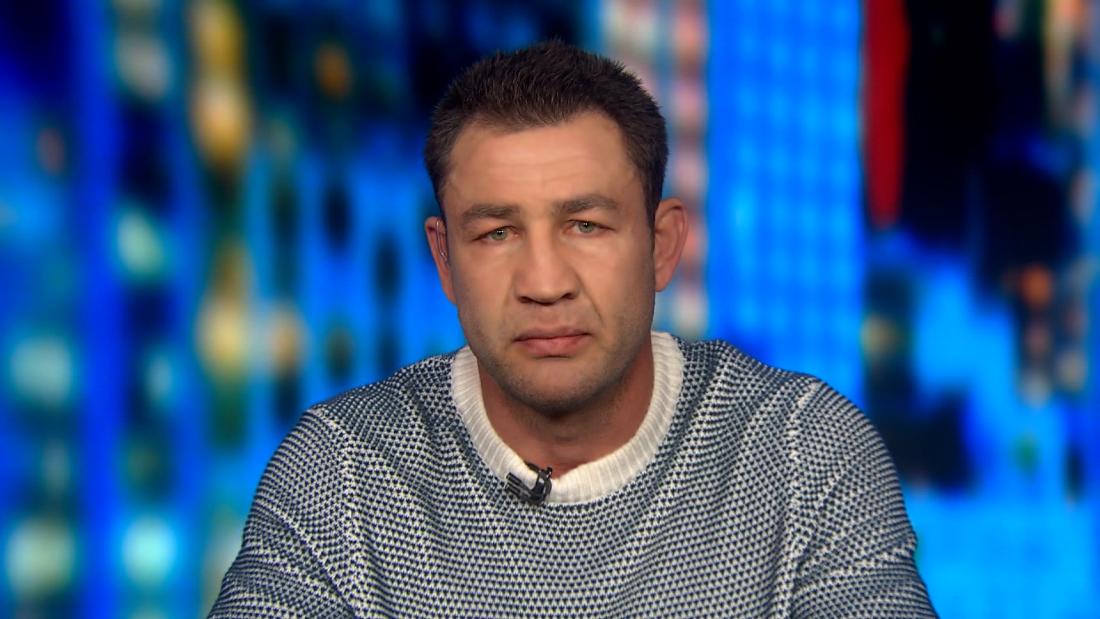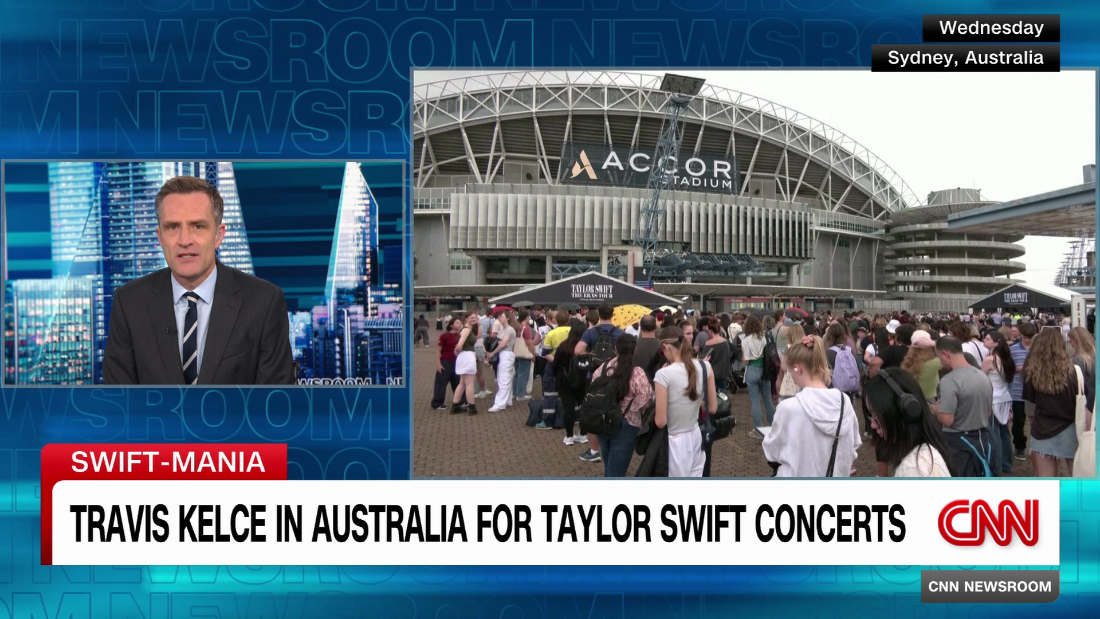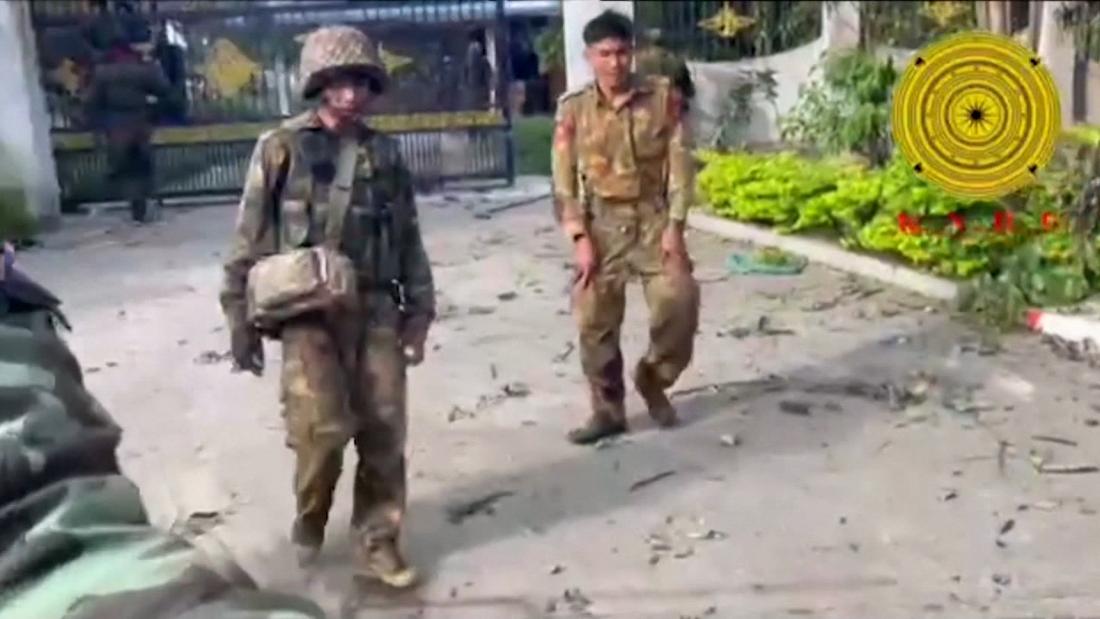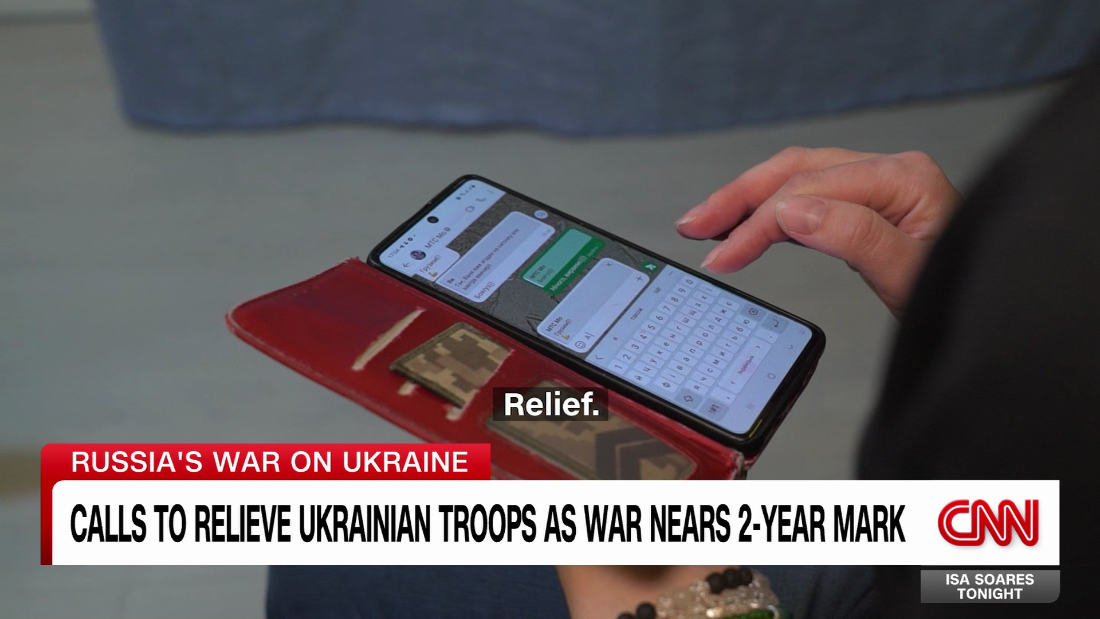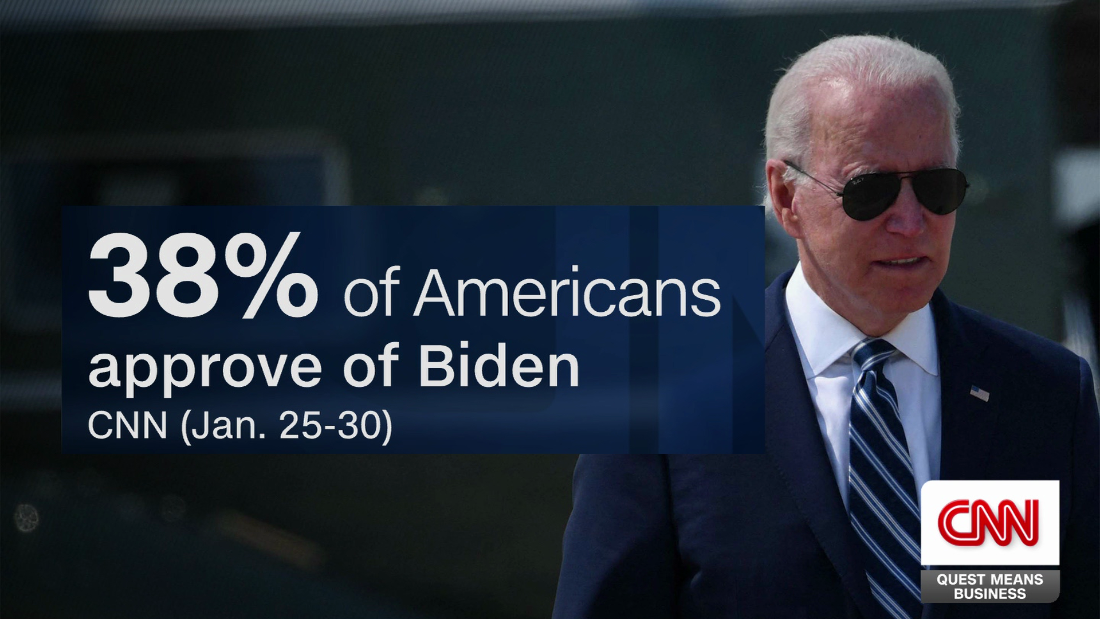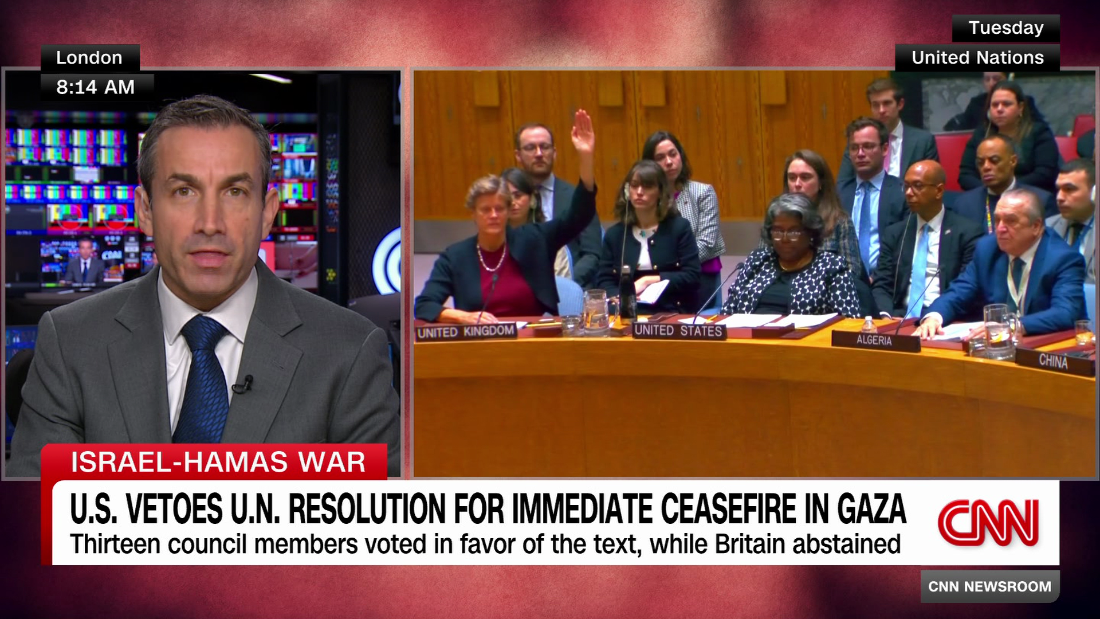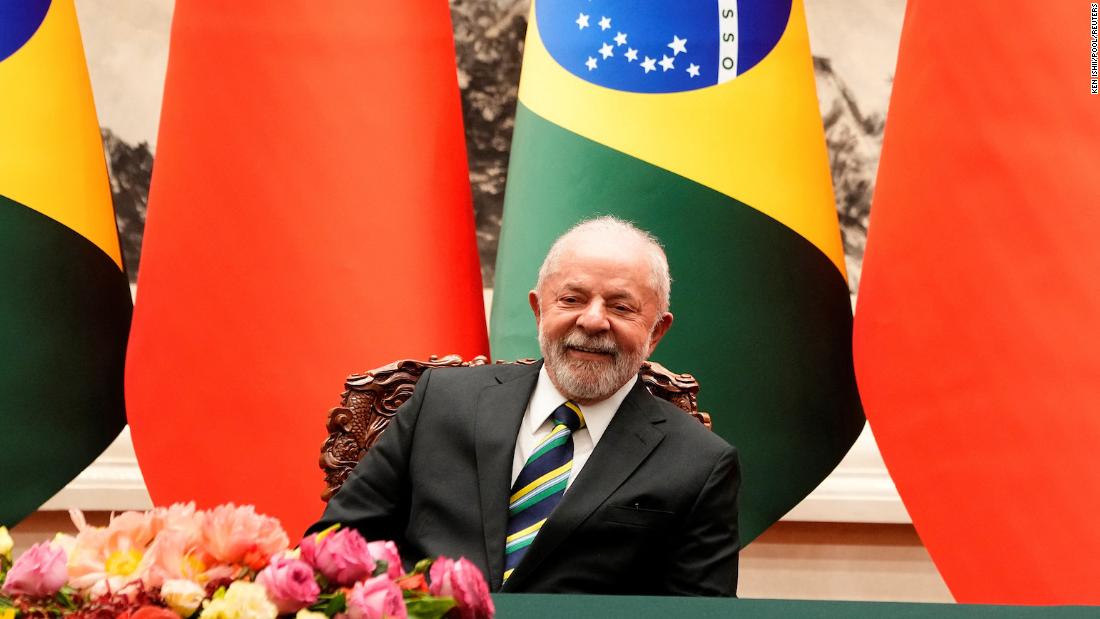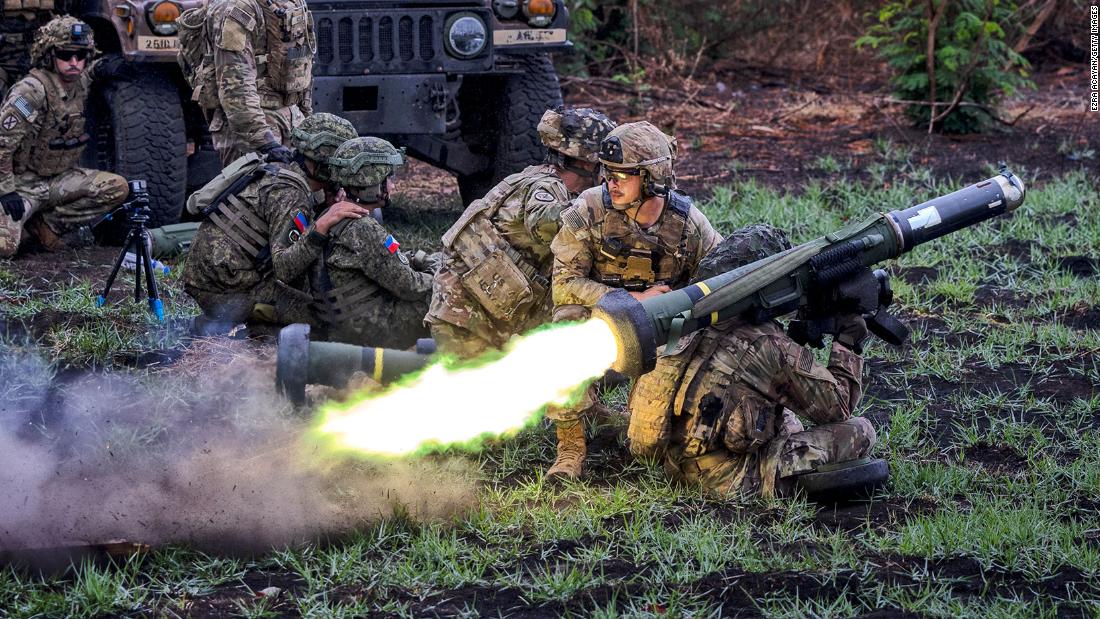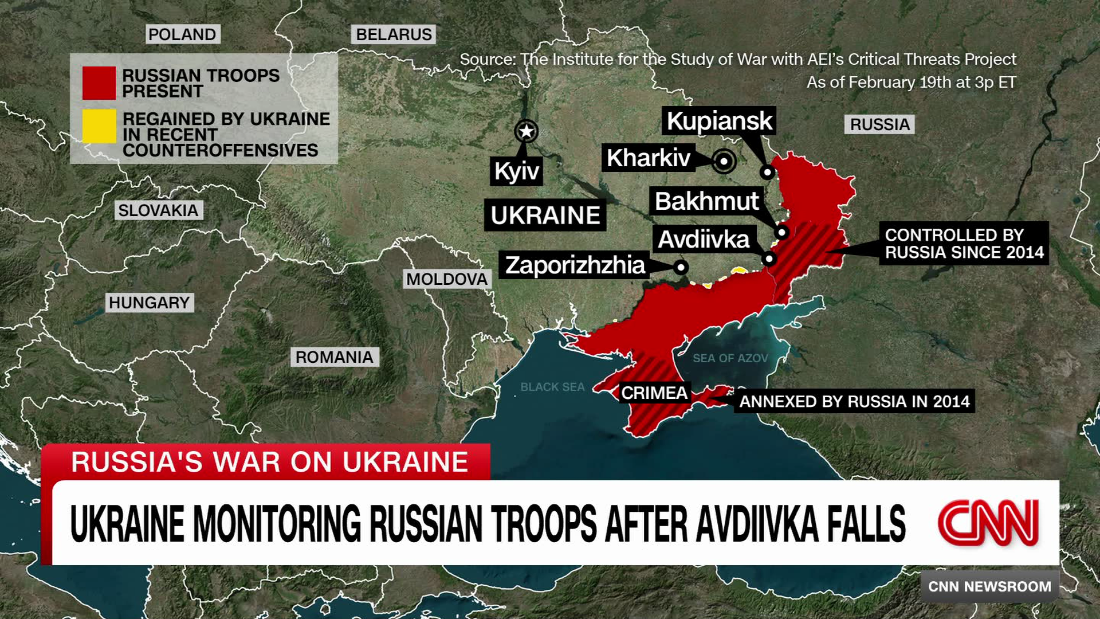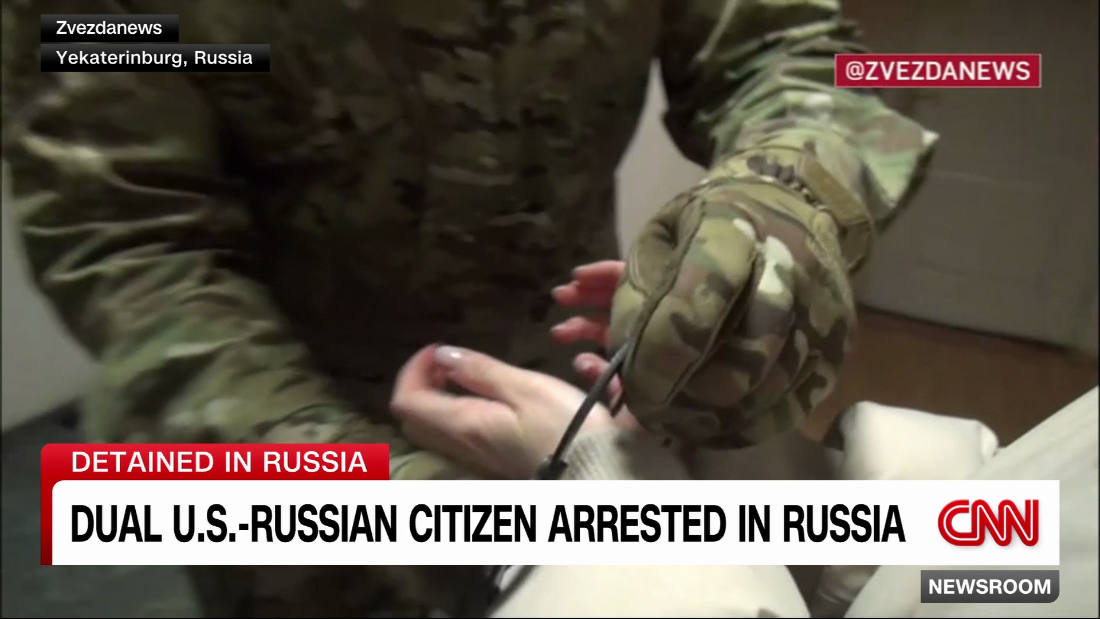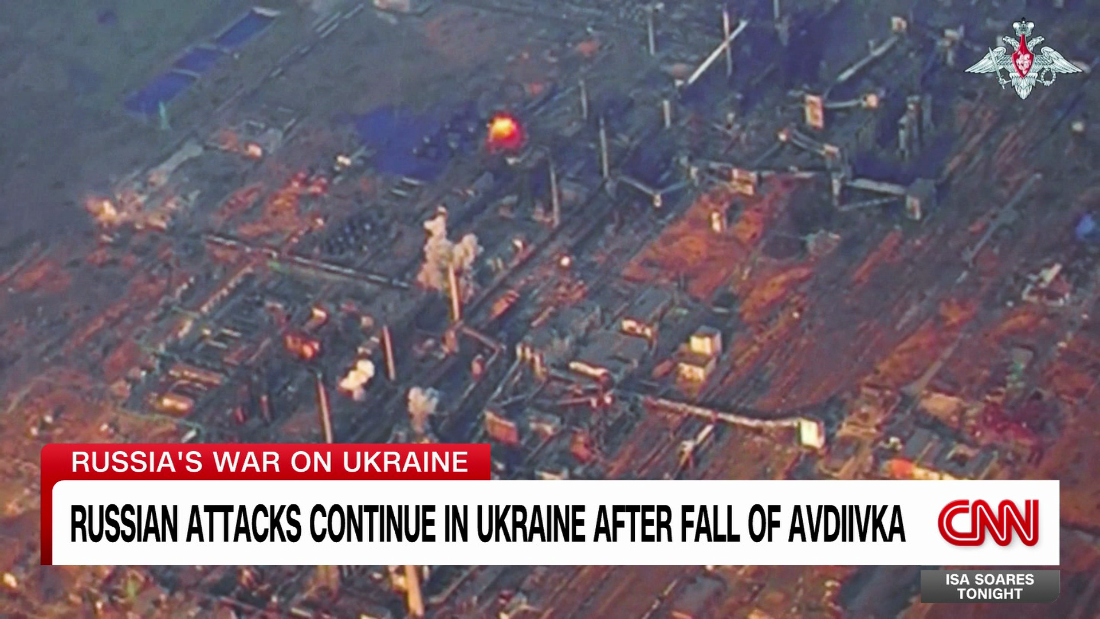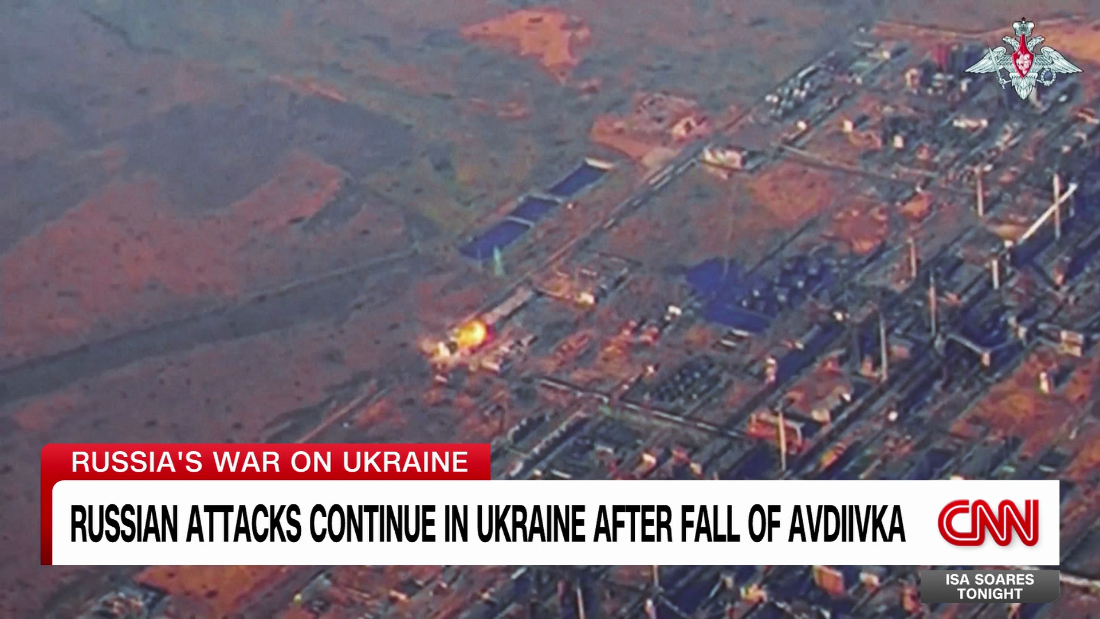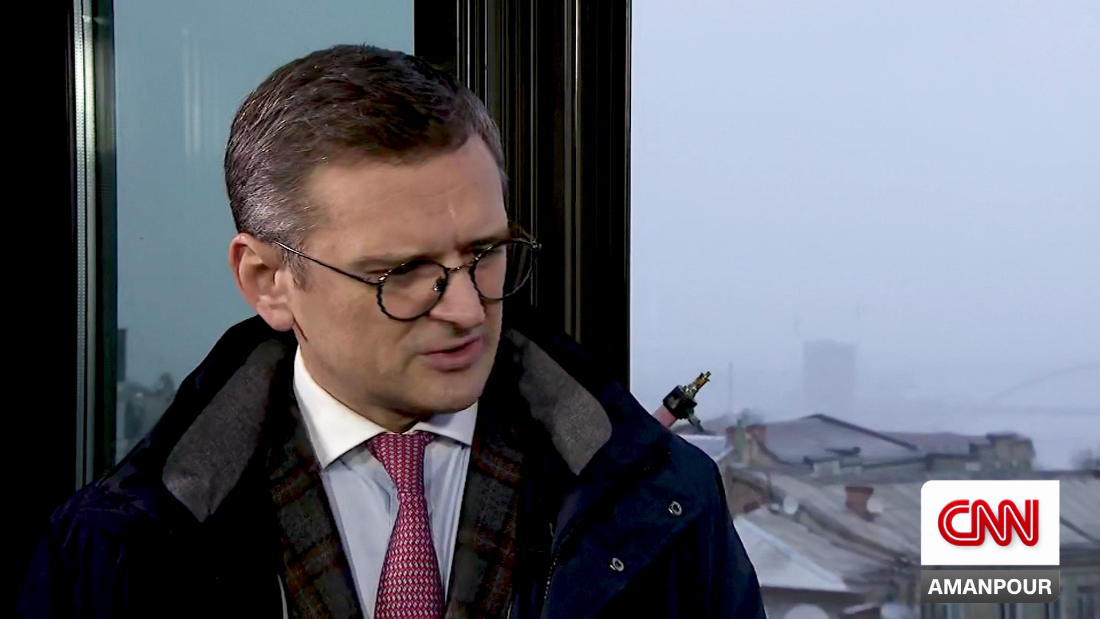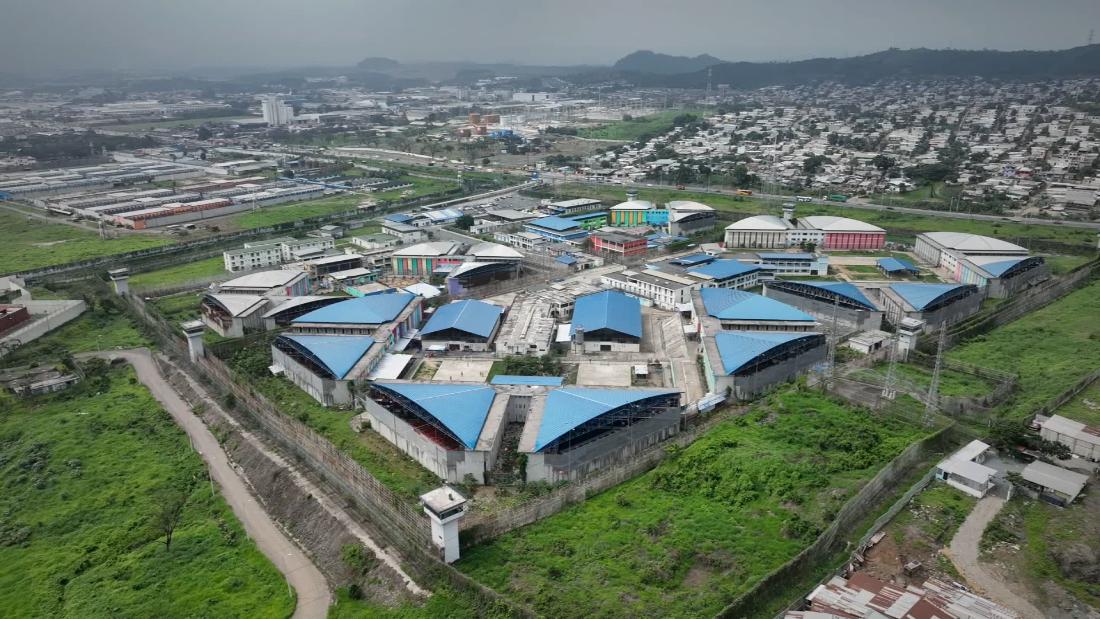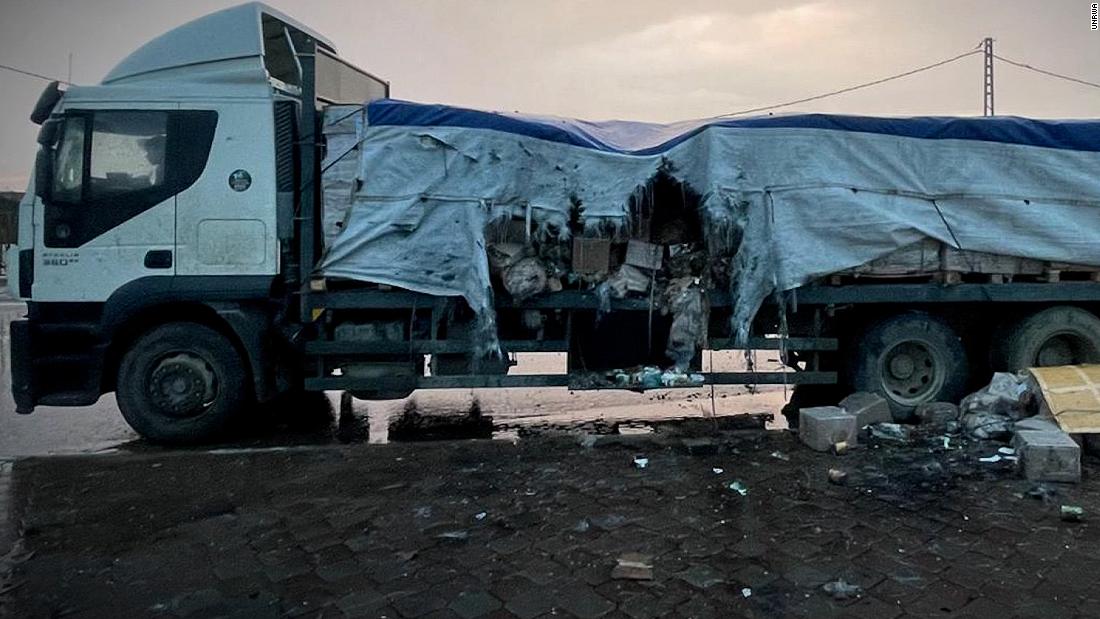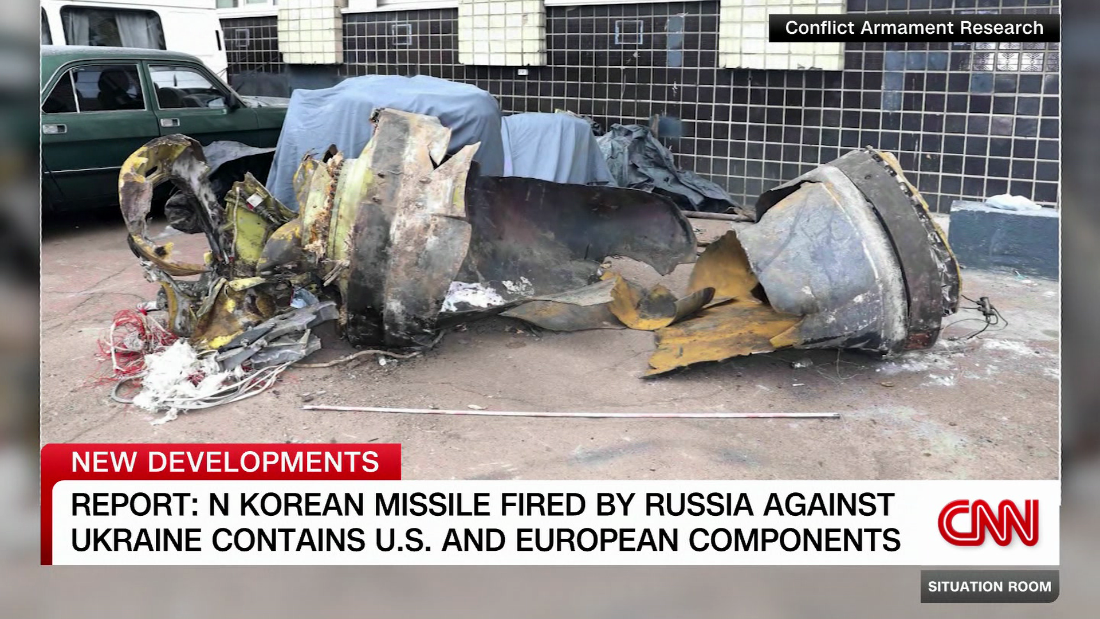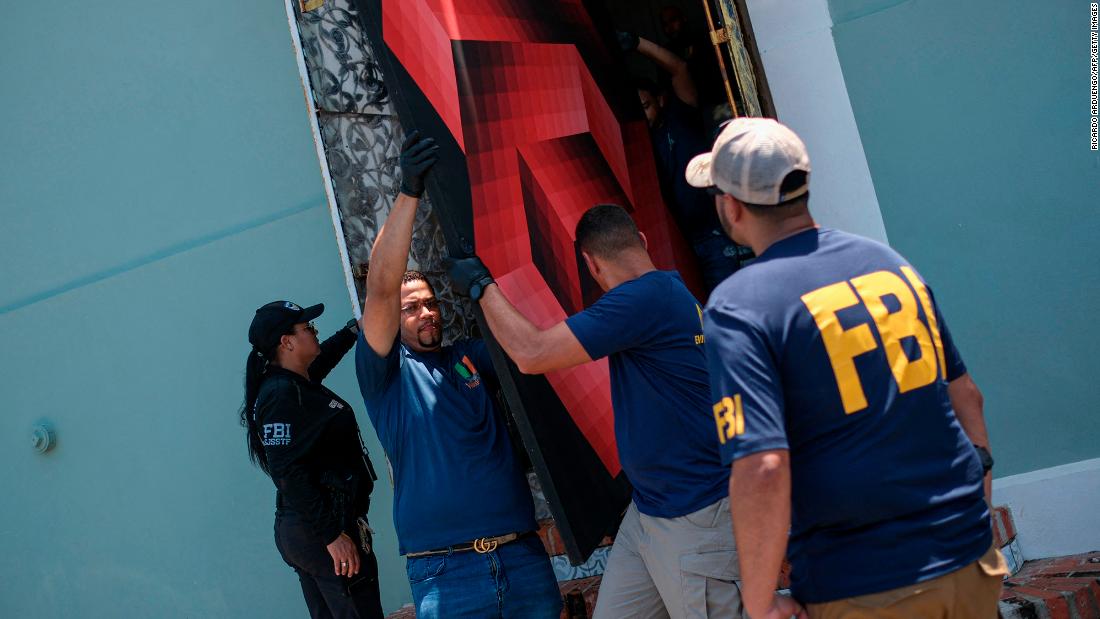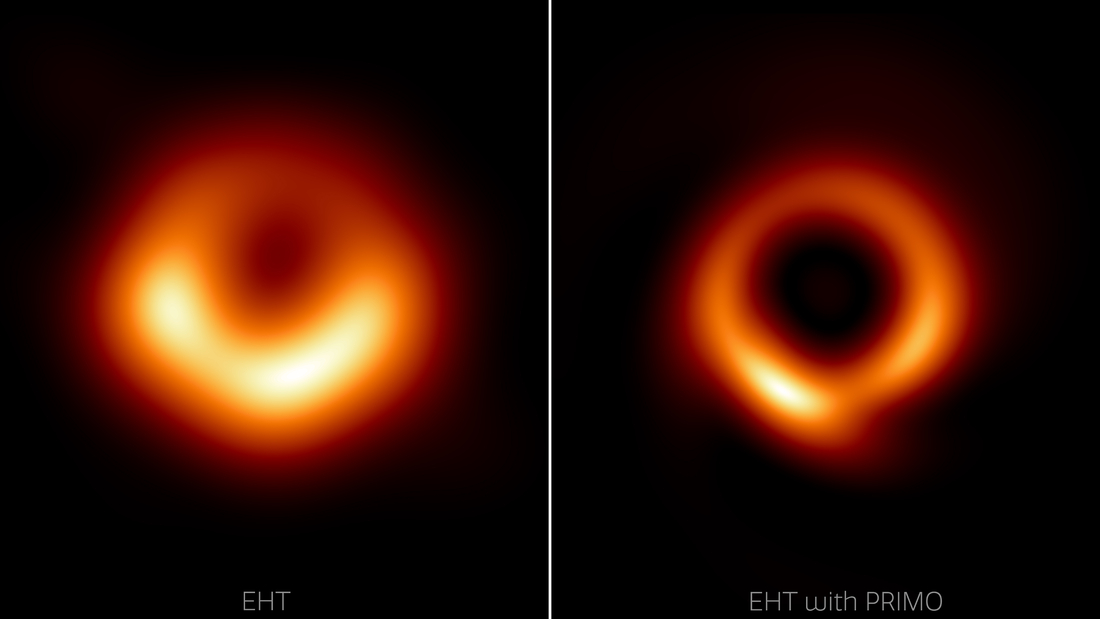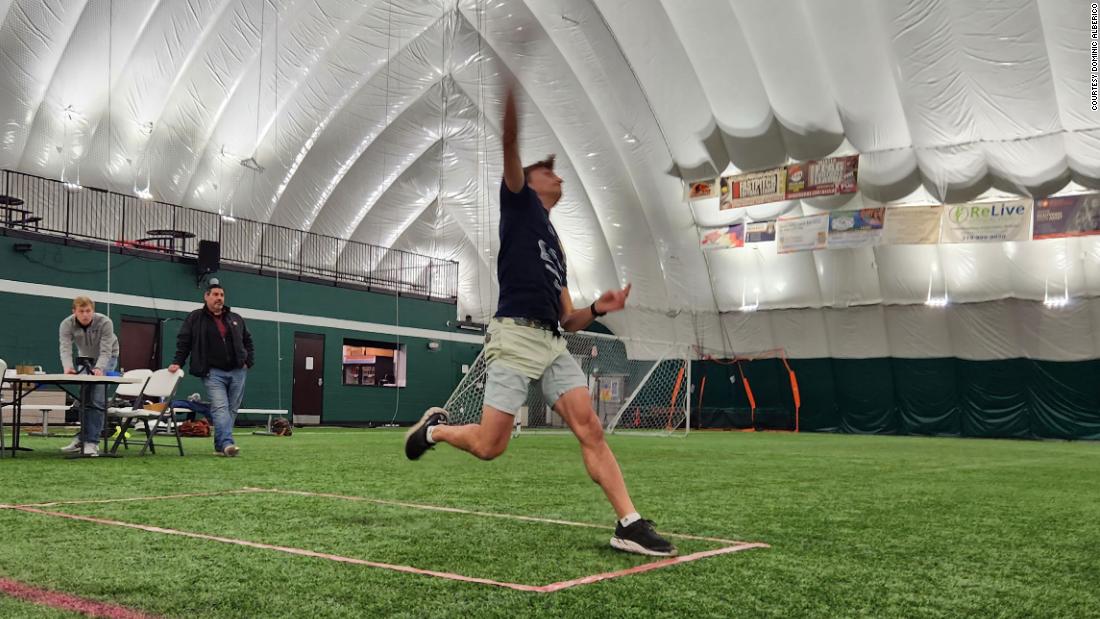VIDEO assistant referee or VAR has become an important tool in football.
Fast-paced matches don’t always allow the referee to determine what is a foul upon first sight so VAR comes into play.
VAR allows officials to take a closer look at various incidents during the match.PA:Press Association
How does VAR work?
During matches the referee and officials might need to take a closer look at what happened to determine the outcome.
VAR can be called upon for four key on-field incidents:
Goals and offences leading up to a goal
Penalty decisions and offences leading up to a penalty decision
Red card decisions
Cases of mistaken identity
VAR can be used in two ways – the referee can request a review or the video assistant will alert the on-pitch referee to know that a decision needs to be analysed.
VAR relays information on calls and at times the on-pitch official may need to go and look at the action from a screen installed in the stadium.
The video assistant referee, which is a team of three officials, is able to access every camera angle and goal-line technology cameras.
The team consists of a current or former referee, their assistant and a replay operator.
read more in football
What technology does VAR use?
VAR uses over 30 cameras that are installed in the stadium, capturing the game from every angle.
As the virtual assistant referee can view an incident such as a penalty from every angle, it will help the referee determine if there was contact or not.
There are many types of cameras used, including broadcast cameras, slow-motion cameras, high-definition wide-angle and tight cameras.
There is also an audio communication system used which allows the on-pitch referee to speak with the off-pitch one.
By the dugout or in another appropriate place by the pitch line, you’ll find a screen installed which the on-pitch referee will use to view any controversial incidents.
In the Premier League, the Hawk-Eye’s virtual offside line technology is used to determine whether a player was onside or not.
It has two levels.
One is the gridline which shows a two-dimensional line that is positioned with the final player.
It’s mostly used when a player is clearly offside or not.
It can also be used when two players are too close to each other to determine whether a goal was offside or not.
This is where the second level of lines come in.
The second level of lines called crosshair are drawn, one in correspondence with the last player of the defending team and the other with the player of the offensive team.
Crosshair also features a 3D vertical line which shows whether a body part, such as an arm, is offside or not and in that case, the goal would be disallowed.
Who created VAR?
VAR was created by the Royal Netherlands Football Association.
The project was created in 2010 and was tested across Eredivisie – the Dutch league – games.
Testing was then further made throughout the Premier League, however, the system made its international debut in the 2018 FIFA World Cup.
VAR was used during the Group B opener in a match between Spain and Portugal in Sochi.
During the 24th minute, Spanish striker Diego Costa elbowed defender Pepe in the face.
Pepe fell to the ground and during the sequence of play, Costa sent the ball into the corner of the opposing teams net.
As Spain celebrated equalising the match at 1-1, referee Gianluca Rocchi asked the video assistant referee if he’d seen anything wrong with the play.
The VAR, who was sitting in a video operations room in Moscow, just under 1007 miles away (1,620km), stated that everything was okay.
It meant that the goal was allowed to stand.
What competition is VAR used in?
There are nearly 60 leagues and several dozen domestic cup competitions that use VAR.
These include:
The Premier League
The FA Cup
Bundesliga
Serie A
La Liga
Ligue 1
Coppa Italia
the Copa del Ray
DFB-Pokal
Major League Soccer
Brasileirao
Argentine Primera Division
VAR is also used during all major continental club competitions including the UEFA Champions League and Women’s Champions League, the Europa League, the Conference League and Copa Libertadores.
Major national competitions have also began using VAR including:
The FIFA World Cup
UEFA Euro
Copa America
Africa Cup of Nations
The Olympic’s for both men and women’s tournaments
Creator – [#item_custom_dc:creator]















